Introduction
Lasko tower fans are popular for their cooling capabilities and efficient performance. However, like any electronic device, tower fans may encounter issues that cause them to stop working. A malfunctioning tower fan can be frustrating, especially during hot summer months. In this comprehensive guide, we will explore troubleshooting steps to help you restore functionality to a Lasko tower fan. From power supply checks to component evaluations, we will provide specific instructions and tips to help you diagnose and resolve common issues, allowing your tower fan to operate as intended.
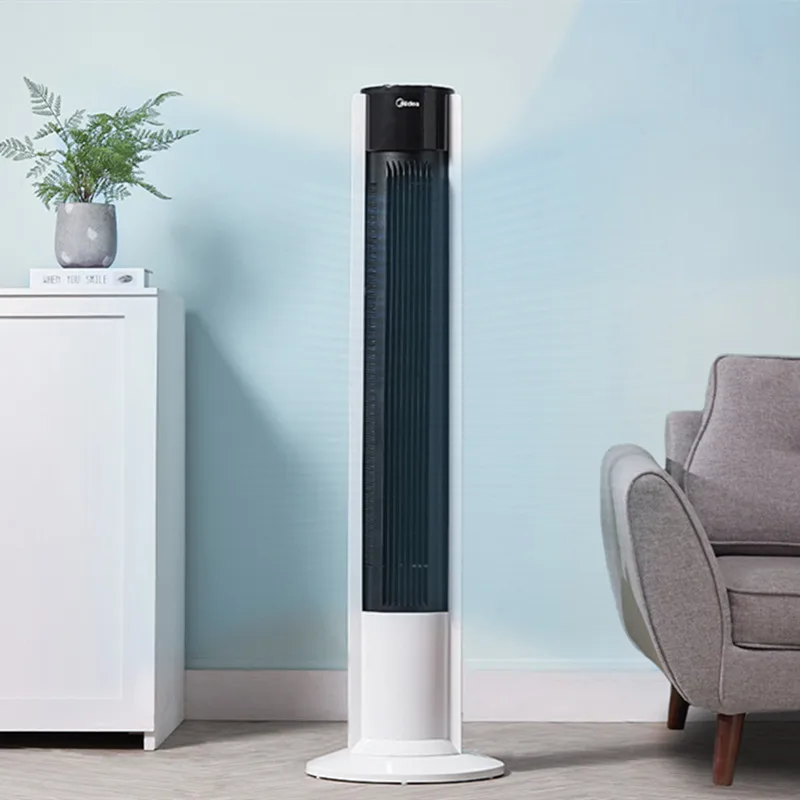
Troubleshooting a Lasko Tower Fan: Tips for Restoring Functionality
I. Checking the Power Supply
-
Power Outlet Inspection:
- Verify that the power outlet is functioning properly by plugging in another device. If the outlet is not supplying power, the fan will not work. Try using a different outlet or resetting any tripped circuit breakers or blown fuses related to the fan’s power.
-
Power Cord Connections:
- Ensure that the power cord is securely plugged into both the fan and the power outlet. Sometimes, the cord can become loose, resulting in a loss of power. Reinsert the plug firmly into the outlet and make sure the connection between the power cord and the fan is secure.
II. Evaluating the Control Panel and Remote
-
Control Panel Settings:
- Check the control panel or buttons on the fan to ensure that the settings are properly adjusted. Make sure the fan is set to the desired speed and mode. If applicable, confirm that any timers or oscillation features are not set to “off” or “0.”
-
Remote Control Functionality:
- If your Lasko tower fan includes a remote control, replace the batteries and ensure they are correctly inserted. Point the remote directly at the fan and press the appropriate buttons to command the fan’s operation. If the remote control fails to operate the fan, try using the control panel on the fan itself to determine if it responds.
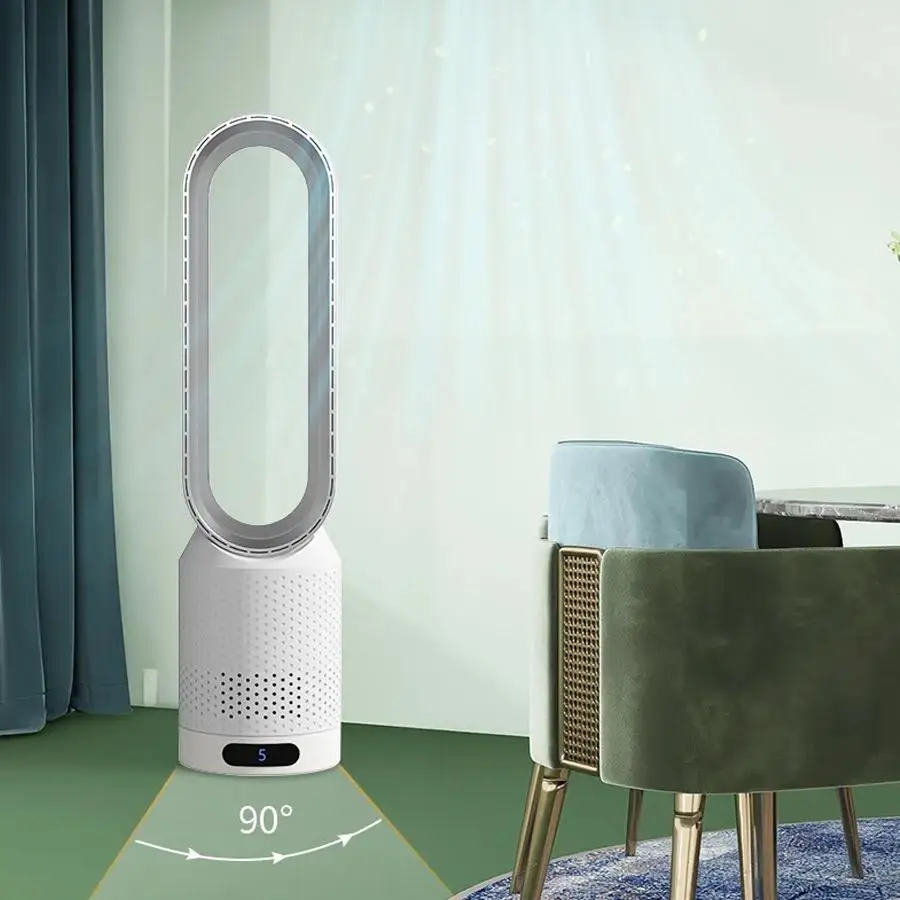
III. Assessing the Fan’s Oscillation
-
Oscillation Control:
- If your Lasko tower fan offers oscillation functionality, verify that the oscillation is enabled. Most tower fans have a switch or button to control oscillation. Ensure that the switch is set to “on” or the button is pressed to activate the oscillation feature. If the oscillation is not working, continue troubleshooting for potential causes.
-
Obstruction Clearance:
- Remove any objects or debris around the fan that may obstruct its oscillation. Objects too close to the fan may prevent it from oscillating as expected. Clear the area around the fan, leaving sufficient space for the oscillation function to operate freely.
IV. Cleaning and Clearing Dust Buildup
-
Air Intake and Exhaust:
- Over time, dust and debris can accumulate on the air intake and exhaust vents of the fan, impacting its performance. Use a soft brush or a vacuum cleaner with a brush attachment to gently remove dirt and dust from these areas. Make sure the fan is turned off and unplugged before performing any cleaning.
-
Blade Cleaning:
- Dust buildup on the fan blades can affect the fan’s airflow and efficiency. Use a damp cloth or a soft brush to clean the blades gently. Ensure that the fan is completely dry before plugging it back in and operating it.
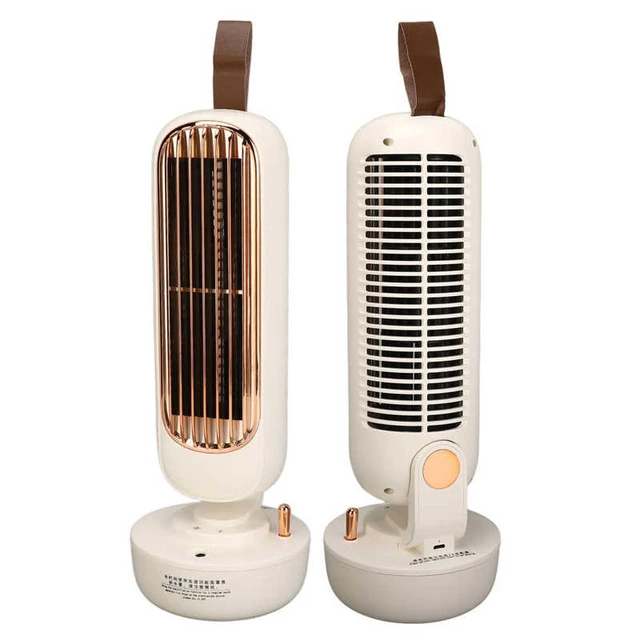
V. Verifying Secure Base and Stability
-
Base Stability:
- Check that the fan’s base is stable and secure. If the tower fan is wobbling or not standing firmly, adjust the base or place it on a level surface. A stable base is essential for the fan to function properly and avoid unintended movement during operation.
-
Base Cleaning:
- Ensure that the fan’s base is free from debris or obstructions. Regularly clean the base area to prevent dirt and dust accumulation. Wipe the base with a damp cloth to remove any dirt or grime that may affect the fan’s stability.
VI. Motor and Mechanical Component Evaluation
-
Motor Inspection:
- If the fan does not turn on or make any noise, the motor may be the issue. A faulty motor can prevent the fan from operating. Contact Lasko customer support or consult a professional technician for assistance with motor-related problems.
-
Mechanical Component Assessment:
- Carefully examine the fan’s internal mechanical components. Look for any broken or loose parts that may interfere with the fan’s functionality. If you notice damaged components, such as a broken fan blade or loose screws, contact Lasko’s customer support for replacement parts or professional repair options.
VII. Contacting Lasko Customer Support
-
Customer Support Assistance:
- If the troubleshooting steps listed earlier do not resolve the issue, reach out to Lasko’s customer support for further assistance. Provide them with as much detail as possible, including the model number, a description of the problem, and the steps you have already taken to troubleshoot the fan.
-
Warranty and Repair Services:
- If your Lasko tower fan is still under warranty, consult the warranty documentation for information on repair services or replacement options. Lasko’s customer support will guide you through the warranty process and help resolve any issues covered under the warranty terms.
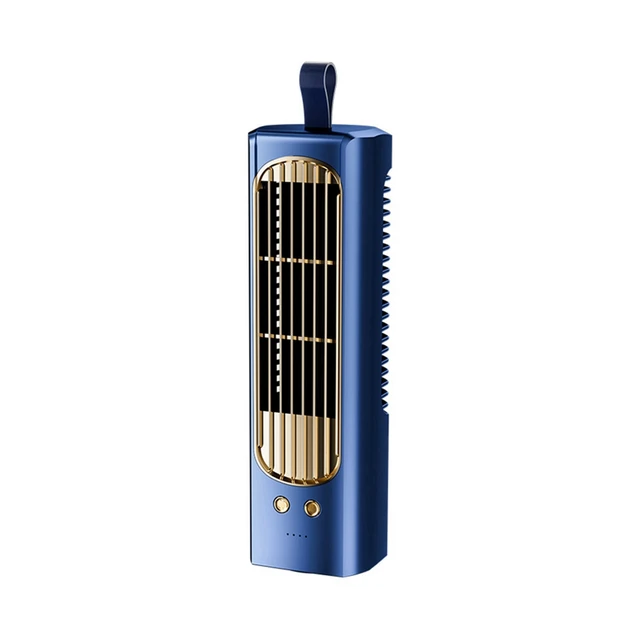
Preventative Maintenance for Long-Term Performance
-
Regular Cleaning:
- To maintain optimal performance, it is important to clean your Lasko tower fan regularly. Dust, dirt, and debris can accumulate over time and affect the fan’s efficiency. Follow the manufacturer’s instructions on how to clean the specific model of your fan. Typically, this involves wiping down the exterior with a soft cloth and using a vacuum or brush attachment to remove dust from the internal components.
-
Lubrication:
- Lubricating the fan’s moving parts can help prevent friction and ensure smooth operation. Refer to the user manual or contact Lasko’s customer support for guidance on the appropriate lubrication method and recommended lubricant for your tower fan model.
-
Storage:
- When not in use, store your tower fan in a clean, dry location. Ensure that it is protected from dust and other particles that can impact its performance. If your fan has a removable grill or blades, consider removing them and storing them separately to prevent damage during storage.
-
Avoid Overworking the Fan:
- To prolong the lifespan of your Lasko tower fan, avoid overworking it. Excessive use or running it at maximum settings for extended periods may lead to wear and tear. Use the fan as intended and make sure to give it regular breaks to cool down and rest.
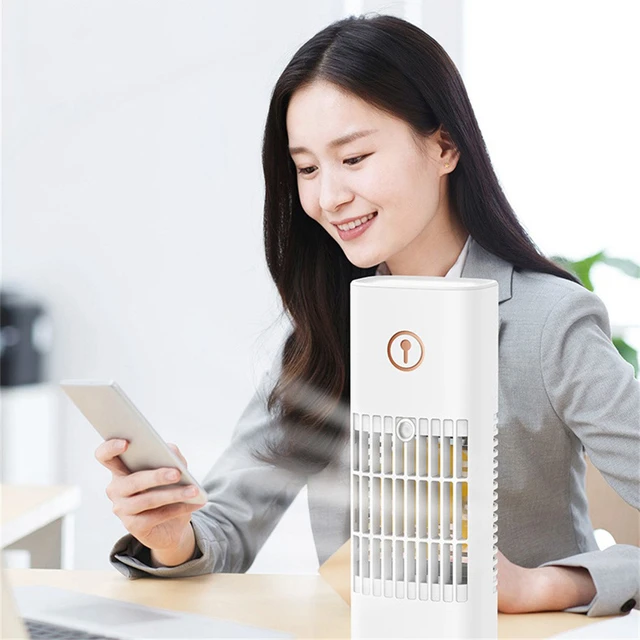
VIII. Conclusion: Restoring Efficient Airflow with a Functional Lasko Tower Fan
A non-functioning Lasko tower fan can disrupt airflow and cause discomfort, especially during hot seasons. By following the troubleshooting steps outlined in this guide, you can diagnose and resolve common issues that prevent the fan from operating correctly.
Begin by checking the power supply and assessing the control panel or remote. Clean the fan and remove any dust buildup to optimize performance. Ensure the base stability and evaluate the motor and mechanical components. If necessary, contact Lasko’s customer support or a professional technician for further assistance.
By troubleshooting your Lasko tower fan effectively, you can restore its functionality, enabling efficient airflow and providing the desired cooling effect in your living space. Enjoy the comfort and convenience of a fully operational tower fan to beat the heat and improve indoor air circulation.
